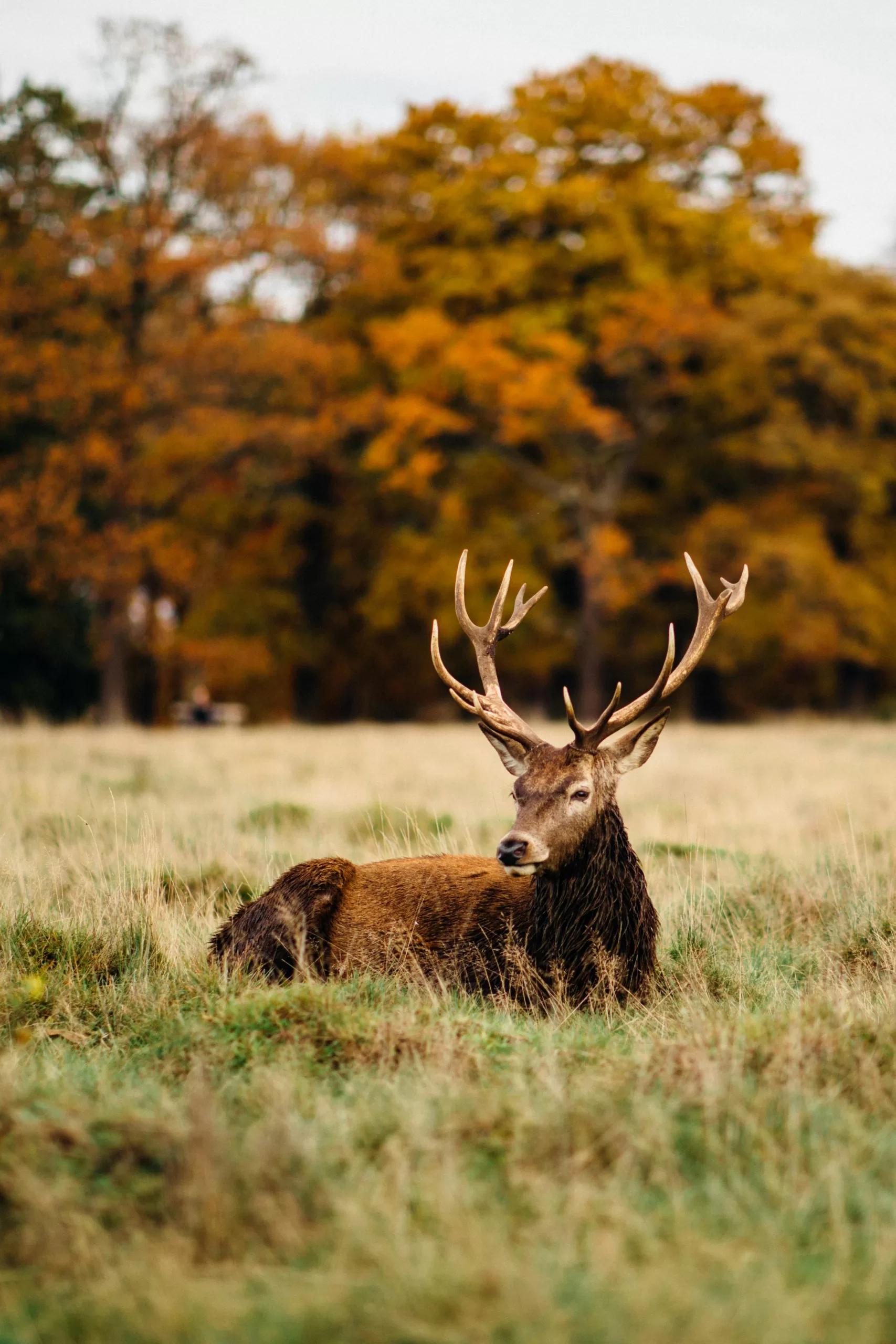How to Take Stunning Nature Photos with Your Smartphone
Smartphones have transformed how we capture nature’s beauty, putting professional quality photography within everyone’s reach. Gone are the days when you needed expensive DSLR cameras to take stunning landscape shots, today’s phone cameras offer incredible resolution, smart AI enhancements, and powerful editing tools that rival dedicated cameras.
Whether you’re hiking through mountains, walking along a beach, or simply exploring a local park, your smartphone can help you preserve those magical moments in breathtaking detail. In this article, we’ll explore practical techniques to maximize your phone’s camera potential, from mastering lighting conditions to composing professional-looking nature shots.

How to Take Stunning Nature Photos with Your Smartphone
When and Where to Shoot – Timing & Location Matter
Golden Hour vs. Blue Hour – Best Times for Natural Light
The right lighting can make or break a nature photo, and nothing beats the magical glow of golden hour, the period shortly after sunrise or before sunset when the sun casts a warm, soft light. During this time, shadows are longer, colors appear richer, and the overall atmosphere feels more dramatic.
For example, photographing a forest during golden hour enhances the texture of leaves and creates a dreamy, cinematic effect. Blue hour, which occurs just before sunrise or after sunset, offers a completely different mood. The sky takes on deep blue and purple hues, making it perfect for capturing silhouettes of trees, mountains, or cityscapes against a colorful backdrop. Unlike harsh midday light, these periods provide even illumination without overexposed highlights or dark shadows.
How to Shoot in Harsh Sunlight or Overcast Conditions
While golden hour is ideal, you can still take great photos with your smartphone in less than perfect lighting. In harsh midday sunlight, look for shaded areas where the light is diffused, such as under tree canopies or beside large rocks. This prevents washed out colors and unflattering shadows on your subject.
Alternatively, use the sun to your advantage by shooting backlit scenes, like sunlight filtering through leaves to create a magical, glowing effect. Overcast days might seem dull, but they actually provide soft, even lighting that’s perfect for capturing details in flowers, waterfalls, or foggy landscapes. The lack of harsh shadows helps reveal textures and colors that would otherwise be lost in bright sunlight. If the sky looks too flat, try lowering your camera angle to include more foreground elements, adding depth to your composition.

Composition Secrets – Framing Nature Like a Pro
Rule of Thirds & Leading Lines for Balanced Shots
One of the easiest ways to improve your nature photography is by applying the rule of thirds. Imagine dividing your frame into a 3×3 grid and positioning key elements, like the horizon, a tree, or a mountain, along these lines or at their intersections. For instance, placing the horizon on the lower third emphasizes a dramatic sky, while placing it on the upper third highlights a reflective lake or field.
Leading lines are another powerful compositional tool. Natural elements like rivers, paths, or rows of trees can guide the viewer’s eye through the image, creating a sense of depth and movement.
Using Foreground & Depth to Create Stunning Layers
Adding foreground elements is a simple yet effective way to create depth in nature photos. A patch of wildflowers, a rocky outcrop, or even fallen leaves in the lower part of the frame can anchor the composition and lead the viewer’s eye toward the background. This technique works especially well with wide angle shots, where foreground details appear larger and more prominent.
For example, when photographing a mountain range, including a small bush or boulder in the foreground adds scale and dimension. Similarly, shooting through objects, like tree branches or tall grass, creates a natural frame within the photos with your smartphone, focusing attention on the main subject.
Must Have Gear & Editing Tools for Mobile Photography
Best Phone Lenses & Tripods for Crisp Shots
While smartphone cameras are powerful, a few affordable accessories can significantly enhance your nature photography. Clip on lenses, such as wide angle or macro attachments, expand your creative possibilities. A wide angle lens is perfect for capturing vast landscapes, while a macro lens reveals intricate details in flowers, insects, or water droplets.
A sturdy, portable tripod is another way to level up your photos with your smartphone, especially for long exposure shots like flowing waterfalls or starry skies. Even a small tabletop tripod can stabilize your phone for sharper images in low light. If you’re shooting in windy conditions, use a remote shutter or your phone’s timer to avoid camera shake when pressing the button.

Top Photo Editing Apps to Enhance Colors & Details
Editing is where good photos with your smartphone become great, and smartphone apps make it easy to fine tune your nature shots. Apps like Snapseed and Lightroom Mobile offer advanced tools for adjusting exposure, contrast, and colors without over processing the image. For example, selectively increasing the shadows can reveal hidden details in dark areas, while tweaking the white balance ensures natural looking tones. HDR (High Dynamic Range) tools are particularly useful for balancing bright skies and darker landscapes. If your phone doesn’t have a built in HDR mode, apps can merge multiple exposures to achieve a similar effect.
Common Mistakes & How to Fix Them
One of the biggest mistakes beginners make is relying too much on digital zoom, which degrades image quality. Instead, physically move closer to your subject or crop the photo later during editing. Another common error is shooting with a cluttered background, which distracts from the main subject. Before pressing the shutter, scan the frame for unnecessary elements and adjust your position to simplify the composition. Overexposed skies are another frequent issue. To avoid this, tap on the brightest part of your screen to adjust the exposure manually or use HDR mode if available.

Nature photography and photos with your smartphone is both accessible and rewarding. By mastering lighting, composition, and basic editing, you can capture stunning images that rival those taken with professional gear. Remember, the best camera is the one you have with you, and today’s phones, like the HONOR 400 malaysia, equipped with a 200MP ultra-clear AI camera system and AI super zoom that captures details from 15X to 50X, make it easier than ever to document the world’s beauty.
The key is to practice regularly, experiment with different techniques, and develop your unique style. Whether you’re a beginner or an enthusiast, these tips will help you take your nature photography to the next level. So grab your phone, head outdoors, and start capturing the wonders of nature today!







